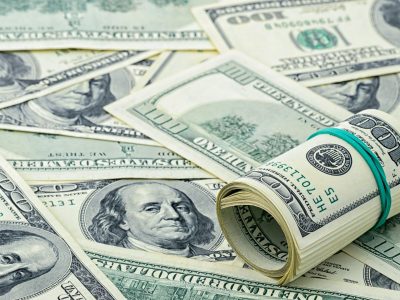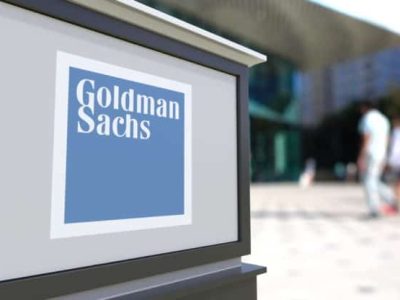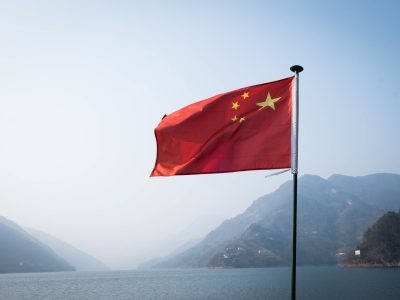
Amid ongoing economic turmoil and geopolitical uncertainty, precious metals are demonstrating remarkable resilience, with both gold and silver experiencing significant price increases.
On Wednesday, gold reached an impressive $2,660 per ounce, while silver soared to $31.8 per ounce, marking a notable rise for both commodities.
Silver’s recent surge has been nothing short of remarkable, with prices exceeding $31.8 per ounce, the highest level seen since 2012.
This upward trend is largely attributed to expectations of more dovish monetary policies from the Federal Reserve.
In September, the Fed unexpectedly cut interest rates by 50 basis points—more than many analysts anticipated.
In light of falling labor market resilience and a softening inflation outlook, members of the Federal Open Market Committee (FOMC) have hinted at the possibility of further easing.
Simultaneously, the People’s Bank of China (PBoC) has launched a substantial monetary stimulus initiative aimed at bolstering the Chinese economy.
This move is anticipated to drive investment in silver-intensive green technologies, particularly in solar panel production. As China accelerates its transition to renewable energy, demand for silver is expected to increase, pushing prices even higher.
Gold has also seen a significant boost, recently hitting a new record price of $2,660 per ounce.
This increase is primarily fueled by expectations of ongoing monetary easing and rising geopolitical tensions, enhancing gold’s appeal as a safe-haven investment.
Recent data indicating a more considerable drop in US consumer confidence than expected has reinforced a dovish outlook for the Federal Reserve, aligning with earlier signals of another possible interest rate cut.
Additionally, escalating violence in the Middle East has solidified gold’s status as a reliable asset during times of geopolitical instability, further driving its demand.
Monetary policies and precious metals
As markets look to the future, the focus will be on forthcoming economic data and its implications for precious metals.
The Personal Consumption Expenditures (PCE) index, a key inflation indicator for the Federal Reserve, is particularly significant.
If the PCE data aligns with dovish expectations, it may lead to heightened investment in gold and silver, which typically thrive in a declining dollar environment.
The Fed’s future actions will play a crucial role. The likelihood of further interest rate cuts could attract more investors to precious metals, as lower rates often lead to a depreciation of the dollar.
This scenario enhances the allure of dollar-denominated assets like gold and silver for international investors, driving their prices higher.
Analysts predict that silver will continue its ascent, fueled by rising investments in renewable energy initiatives.
As the shift towards renewable energy sources gains momentum, demand for silver is expected to surge, pushing prices upward.
Meanwhile, gold is poised to maintain its status as a safe-haven asset amid persistent economic and geopolitical uncertainties.
Ongoing conflicts in the Middle East and the potential for escalations in other regions are expected to sustain gold’s rally, possibly leading to new all-time highs.
The post Gold hits $2,660, silver at $31.8 as economic uncertainty fuels demand for precious metals appeared first on Invezz









